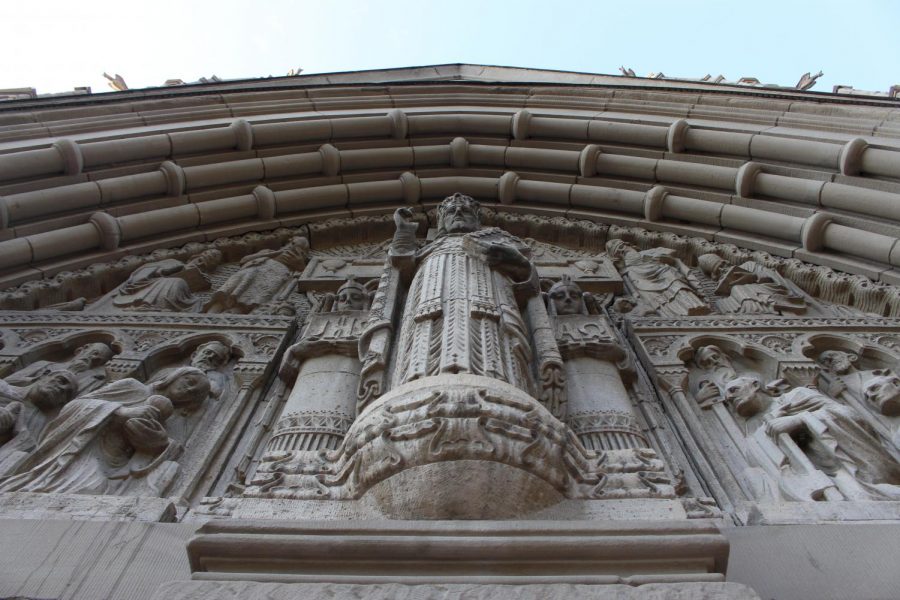Ballet West’s ‘Romeo and Juliet’ a Painting Brought to Life
Beckanne Sisk and Chase O’Connell as Romeo and Juliet in Ballet West’s Production of “Romeo and Juliet”
February 15, 2022
William Shakespeare’s “Romeo and Juliet” is a play that is rather easy to be cynical about. Even before modern times, its story of teenage love at first sight, misunderstandings and suicide has been called unrealistic. Many essays argue that the play is a satirization of young love and makes fun of its titular characters, or is simply a cautionary tale against the fickleness of youth.
The beauty of Ballet West’s production of Sergei Prokofiev’s adaptation of “Romeo and Juliet” is that it believes in the story. It believes in the love of Romeo and Juliet and treats it with compassion and respect, without an inch of condescension. The adaptation does not try to reinvent the Romeo and Juliet wheel. The story is not transposed to a futuristic space station or thrown into a historical event such as World War II. It’s Shakespeare’s “Romeo and Juliet” that takes place in Verona. The production displays a confidence in the story, and that confidence is a reward for the audience.
Rich and Lush Colors
The ballet is told surrounded by lovely sets, with colors so lush and saturated that they seem to have been shot through the technicolor of Powell and Pressburger’s “The Red Shoes” or the MGM musicals of Vincente Minnelli. The azure blue of Juliet’s bedroom and the marble brown of the city center do not reflect the actuality of 1590’s Verona, but what it would have looked like to a teenager in love for the first time. The color of the sets and costumes convey the way that the exhilaration and piercing immediacy of young love heightens the beauty around you. The movement of the dancers work in partnership with the sparkling colors to create a fairy-tale quality, like the work of Vermeer or a Mary Blair illustration.
“Romeo and Juliet” is the most often performed of Shakespeare’s plays, even ahead of “Hamlet,” and most often portrayed by actors in their twenties, thirties or older. The poetry is recited with great gravity, as though it was the words that mattered, and not the emotion. Many of Shakespeare’s lines are too famous. Instead of getting caught up in the feeling of “Romeo, Romeo, oh, wherefore art thou, Romeo?” it conjures up snickers from the back of a high school English classroom. Through Ballet, by cutting out the dialogue, “Romeo and Juliet” is brought to life, and zeroes in on the underlying emotion. Ballet West’s production of “Romeo and Juliet” is passionate, intense, poetic, funny and tragic. There are moments, such as the pas de deux that takes the place of the Balcony Scene, of sweeping, striking beauty.
Avoids Melodrama
Prokofiev’s score deftly avoids sinking into melodrama and maudlinness, and in fact does little to forecast and prepare the audience for the tragic ending. Like a good score to a movie, Prokofiev’s music doesn’t overwhelm the action, but underlines what the performers are trying to convey. It’s a lilting, Spring afternoon piece of work, led by bird-like flutes and featuring mandolins and saxophones to great effect. The lightness of the music is highlighted by moments of humor that Choreographer Michael Smuin is able to bring out through the dancers. This “Romeo and Juliet” is not dreary and melodramatic, but an enchanting, passionate and absorbing look at young love interrupted by tragedy.
Tickets are on sale now. Performances run through Feb. 19, before the production moves to Park City.












